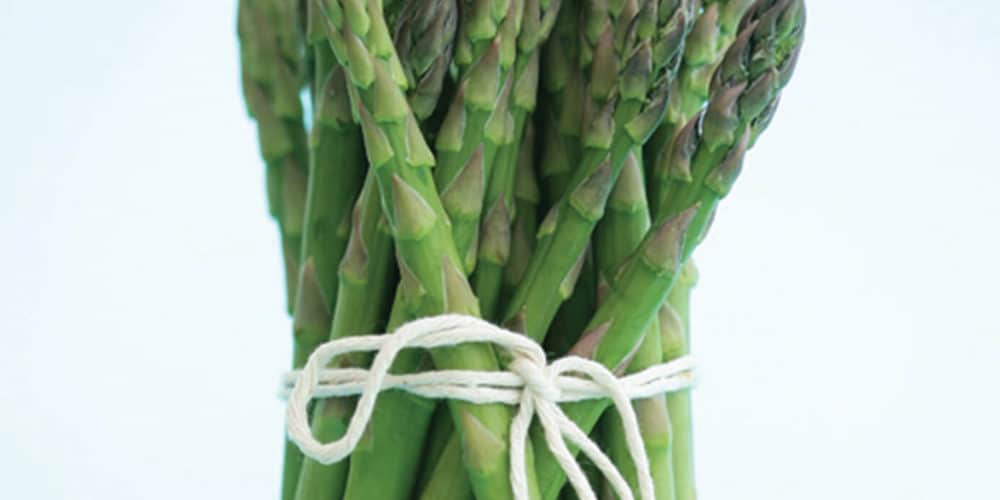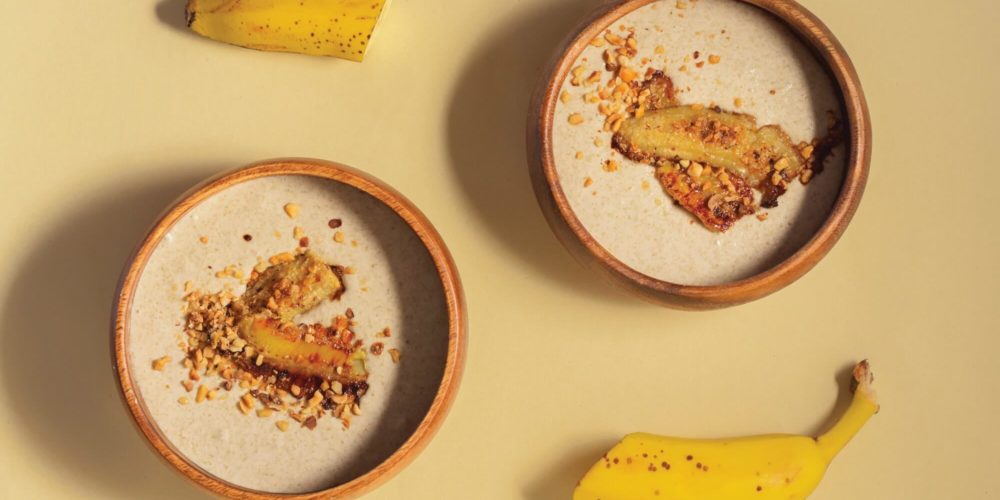Packed with protein and probiotics, and loaded with bone-building calcium, yogurt is a serious super food contender which helps aid digestion. When you combine that with its versatile ability to handle different flavours and textures, it really should rank as one of the greatest food trends of the 21st century! From conjuring up quick dips, creating condiments, thickening sauces and creating smoothies its many uses put at the top of our fridge must haves.
But by becoming such a popular movement, the yogurt section in a supermarket has become overwhelming. Served has rounded up some of the most popular or on the rise yogurt types to help you with your decision process.
Traditional & unstrained
Yogurt is cultured milk that is thickened through lactic-acid producing cultures being adding to milk. This also creates that familiar sour flavour of yogurt. It tends to be thinner than yogurts like Greek and with more liquid since it hasn’t been strained. This makes it particularly appealing to kids and a fool proof way to get the calcium into them.
Skyr
Skyr is fast becoming Greek yogurt’s biggest competition and Iceland’s version of cultured dairy, made with milk and live active cultures, and then strained four times. The result is the thickest consistency and filled with more protein per serving than any other yogurt. Traditionally made from skimmed milk, it is now available with 0, 2 or 4 (whole) percent.
Greek
Greek yogurt has become the Beyoncé of yogurt in the past few years, making up 40 percent of the total yogurt market. And we’re not complaining. Compared to unstrained yogurt, Greek yogurt has twice the protein, less sugar, and fewer carbs than regular cow’s milk yogurt. When buying this yogurt, checking the ingredients and protein counts are key because there are no FDA regulations on the ingredients or process of making Greek yogurt. What you should look for is a yogurt that has two main ingredients: milk and live active cultures. Avoid the brands that add unnecessary proteins and thickeners like whey concentrate and modified corn starch.
Goat
A recent study found that 93 percent of infants allergic to cow’s milk were able to drink goat milk with no reaction—so this is a great option is you don’t feel so hot after having a cup of the other stuff. It also has a smoother, richer, and creamier texture than cow milk yogurt but a taste that can turn some people away, like goat cheese. The fat counts are usually higher with goat’s milk yogurt but you can lower the fat content by skimming the layer of cream off of the top.
Non-dairy
Though technically not yogurts, these vegan alternatives aim to replicate the dairy variety. Most use plant-based proteins like soy and nuts and many add in probiotics for gut-health benefits, as well as calcium and iron. Almond yogurt is created by adding live culture and active cultures to almond milk, a mixture of ground almonds and water with a naturally low-calorie count. To make coconut yogurt, the white meat of the coconut which is full of with healthy fats is pressed with water to make coconut milk, which then is combined with live cultures to produce coconut yogurt.
Kefir… and other dinkable yoghurts
Kefir has a tart and refreshing taste, similar to a drinking-style yogurt, but containing beneficial yeast as well as friendly ‘probiotic’ bacteria found in yogurt. There’s a slight ‘fizz’ too, due to carbon dioxide, the end product of the fermentation process. The length of the fermentation time will affect the taste.
Drinkable yogurts are perfect for packing lunches for the kids or when you’re on the go, and come in every variety and flavour. They range from very watery to extremely thick with flavours that range from sweet to tart. Check the labels carefully for hidden sugars.










